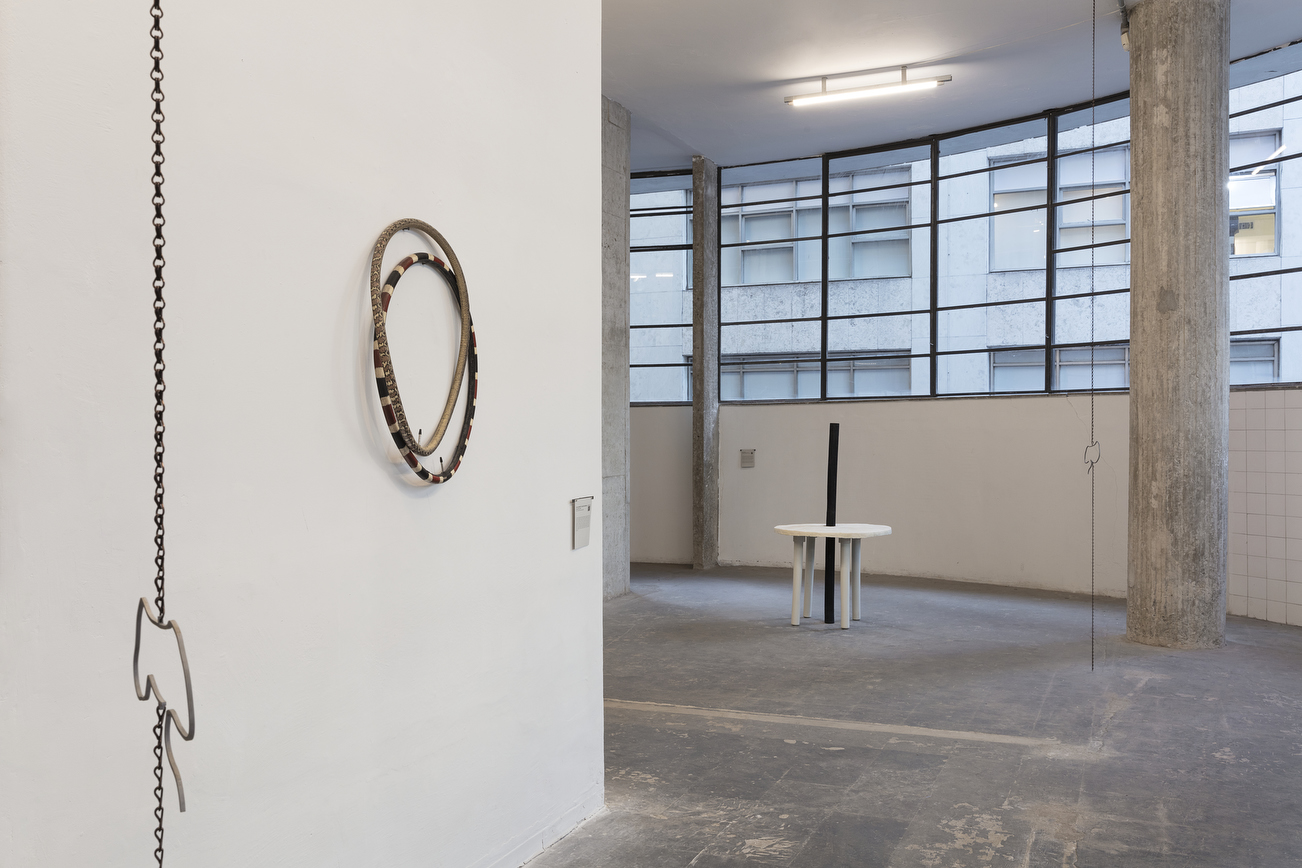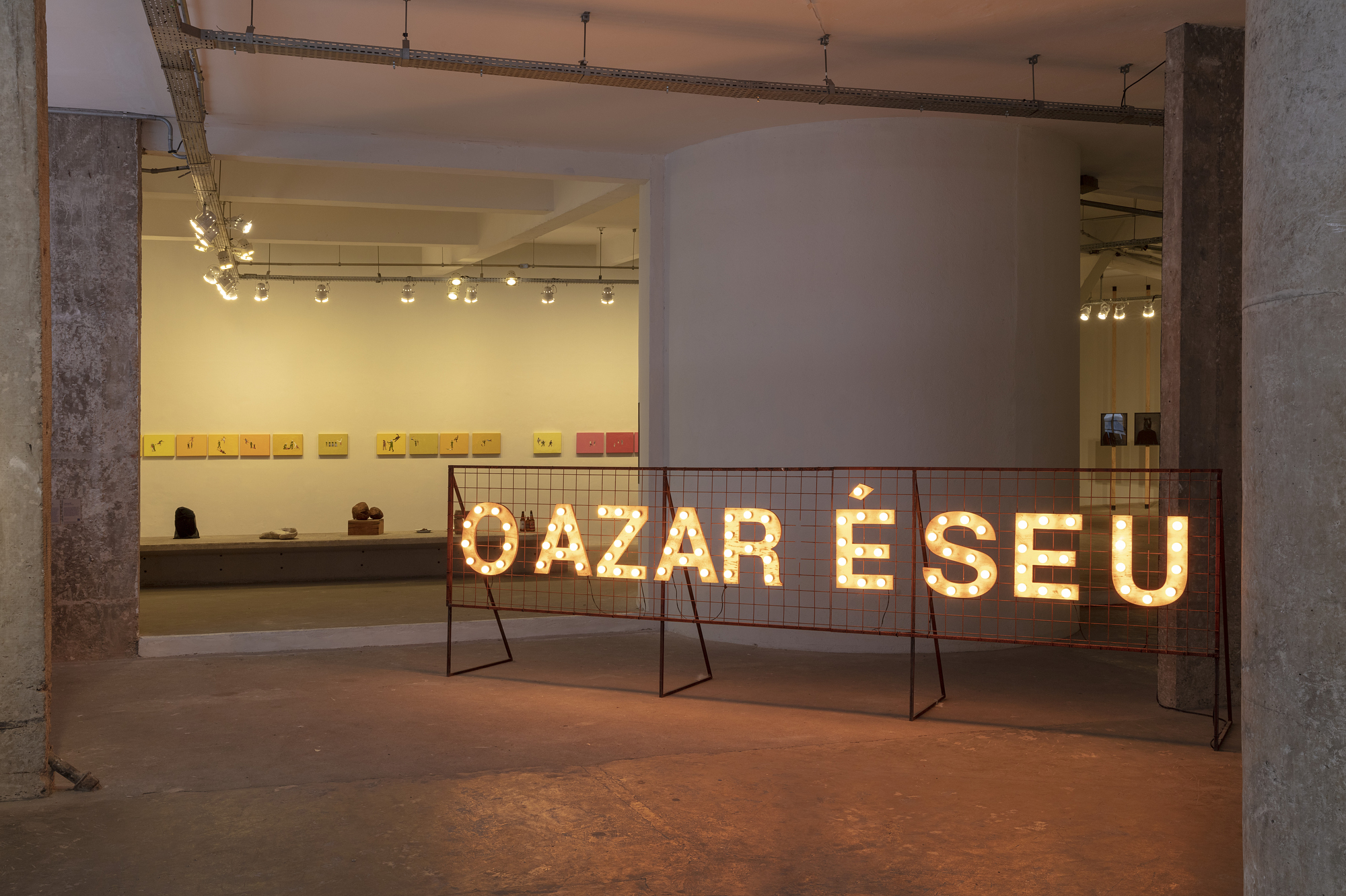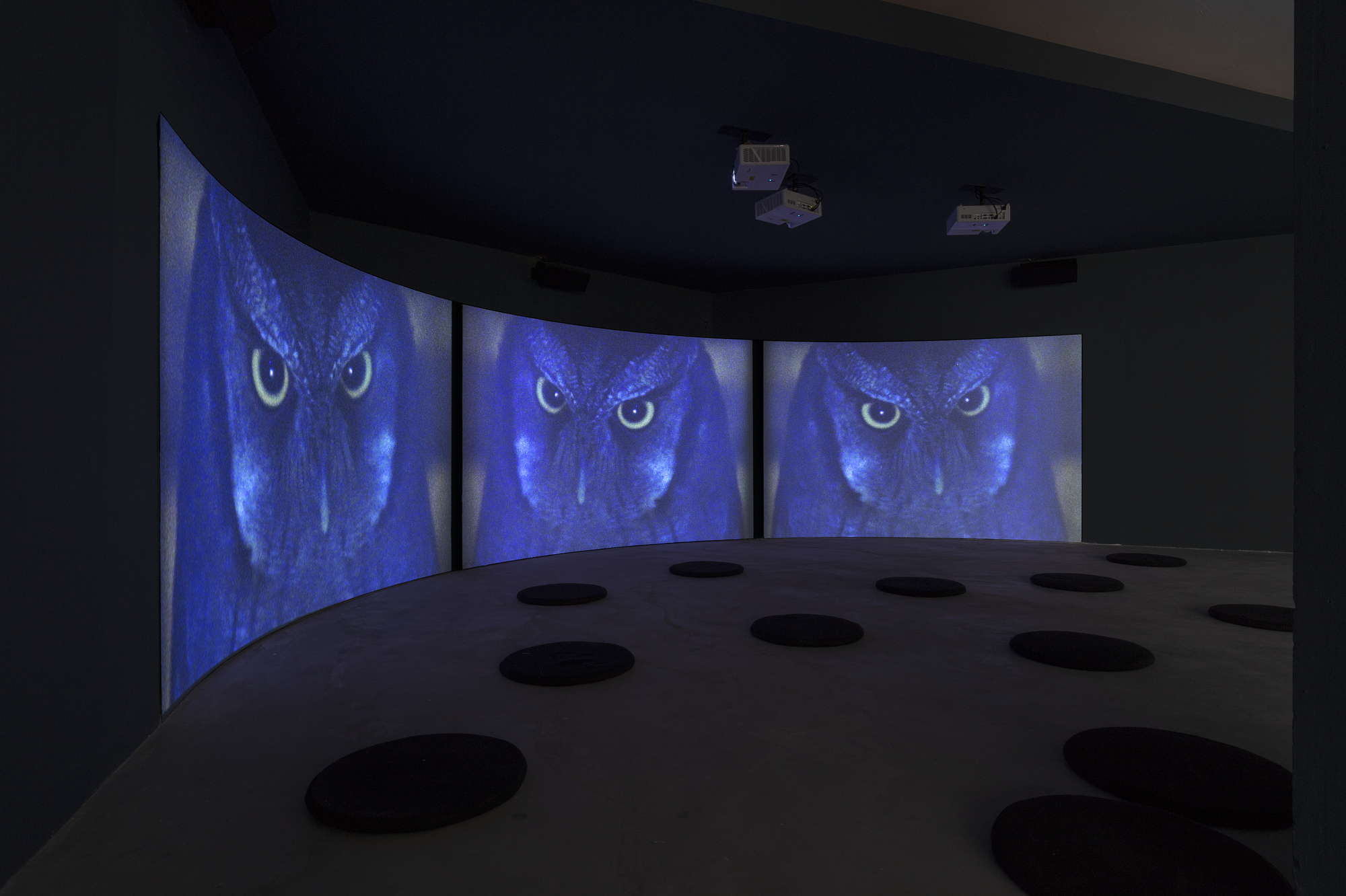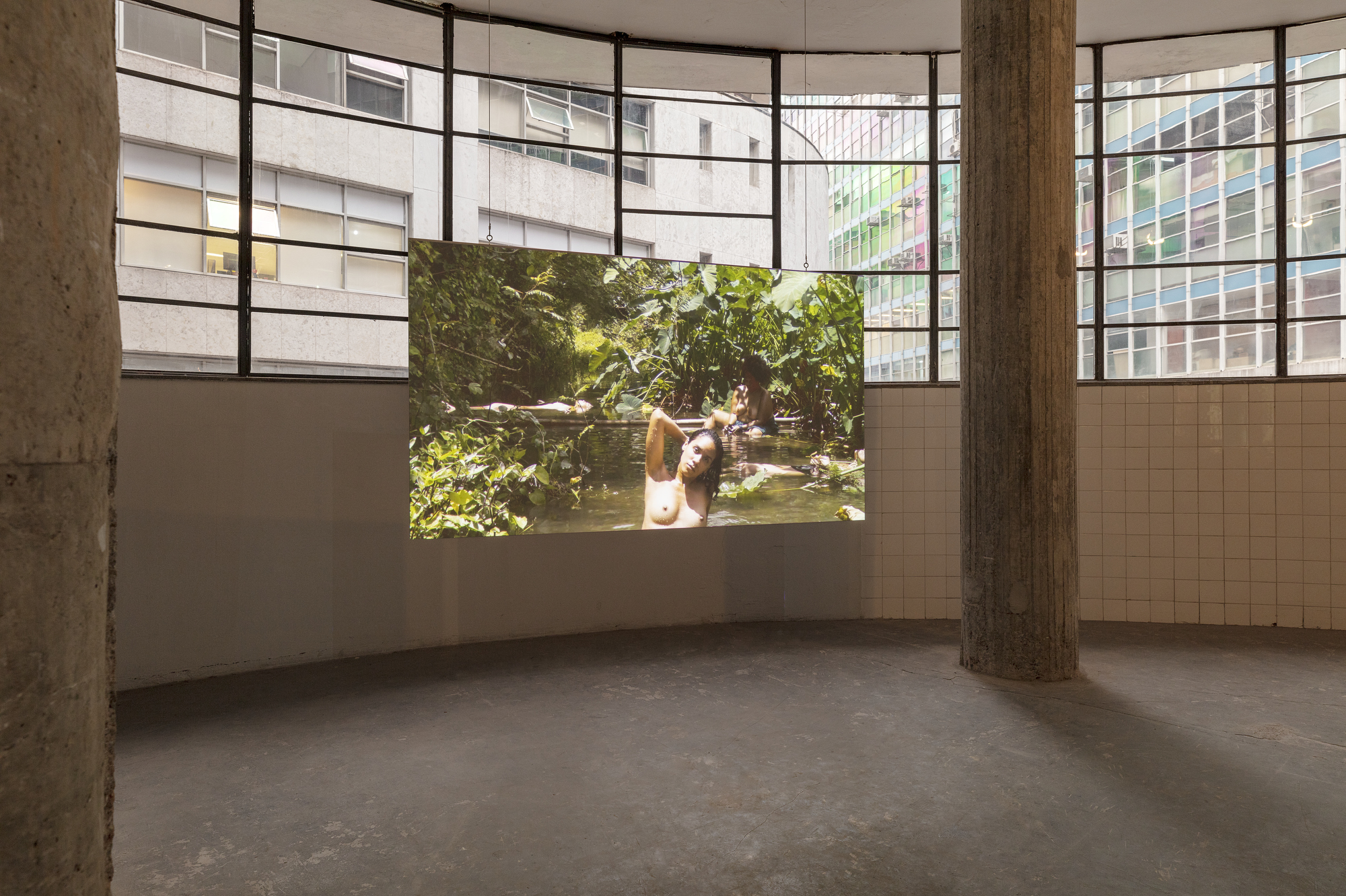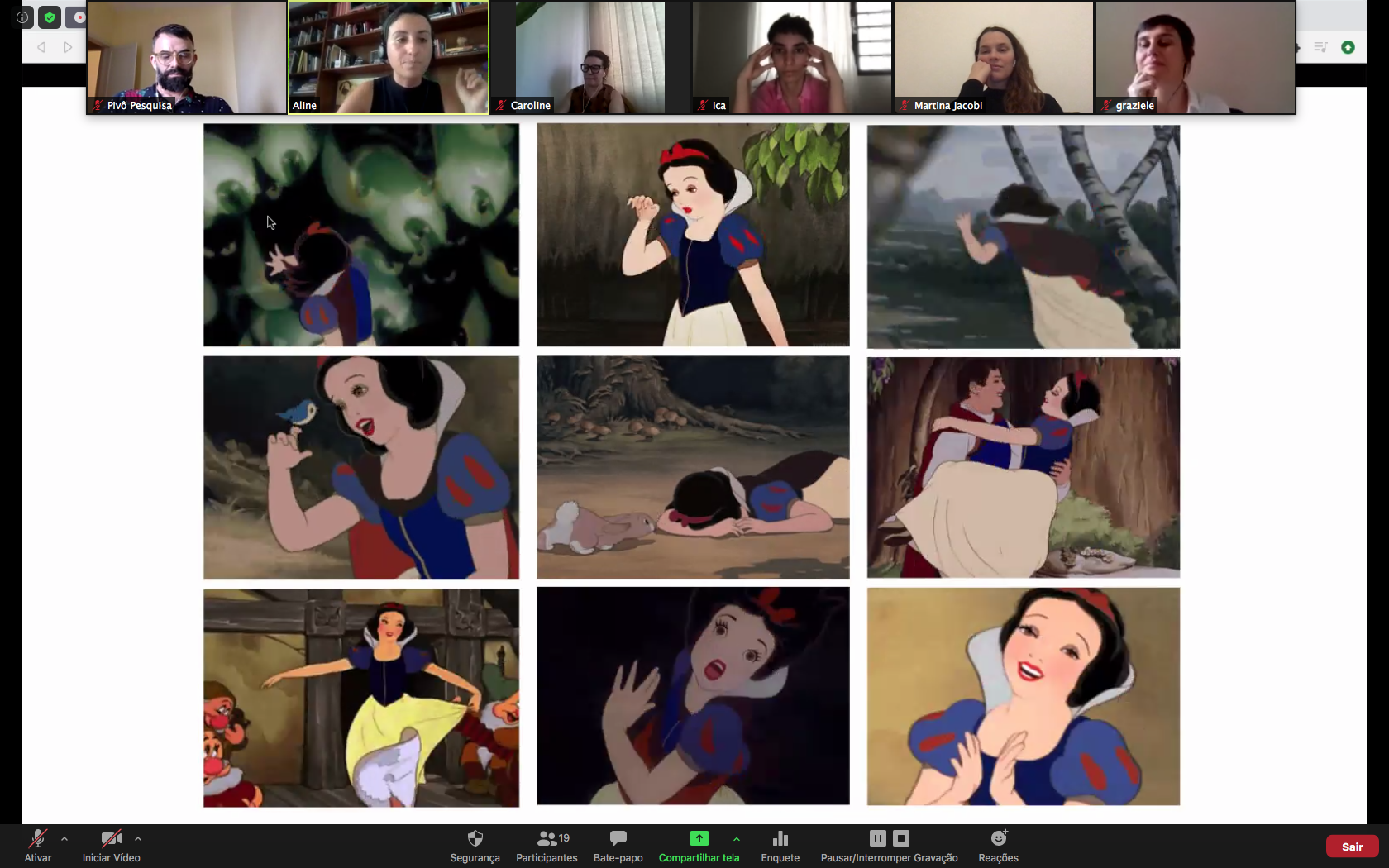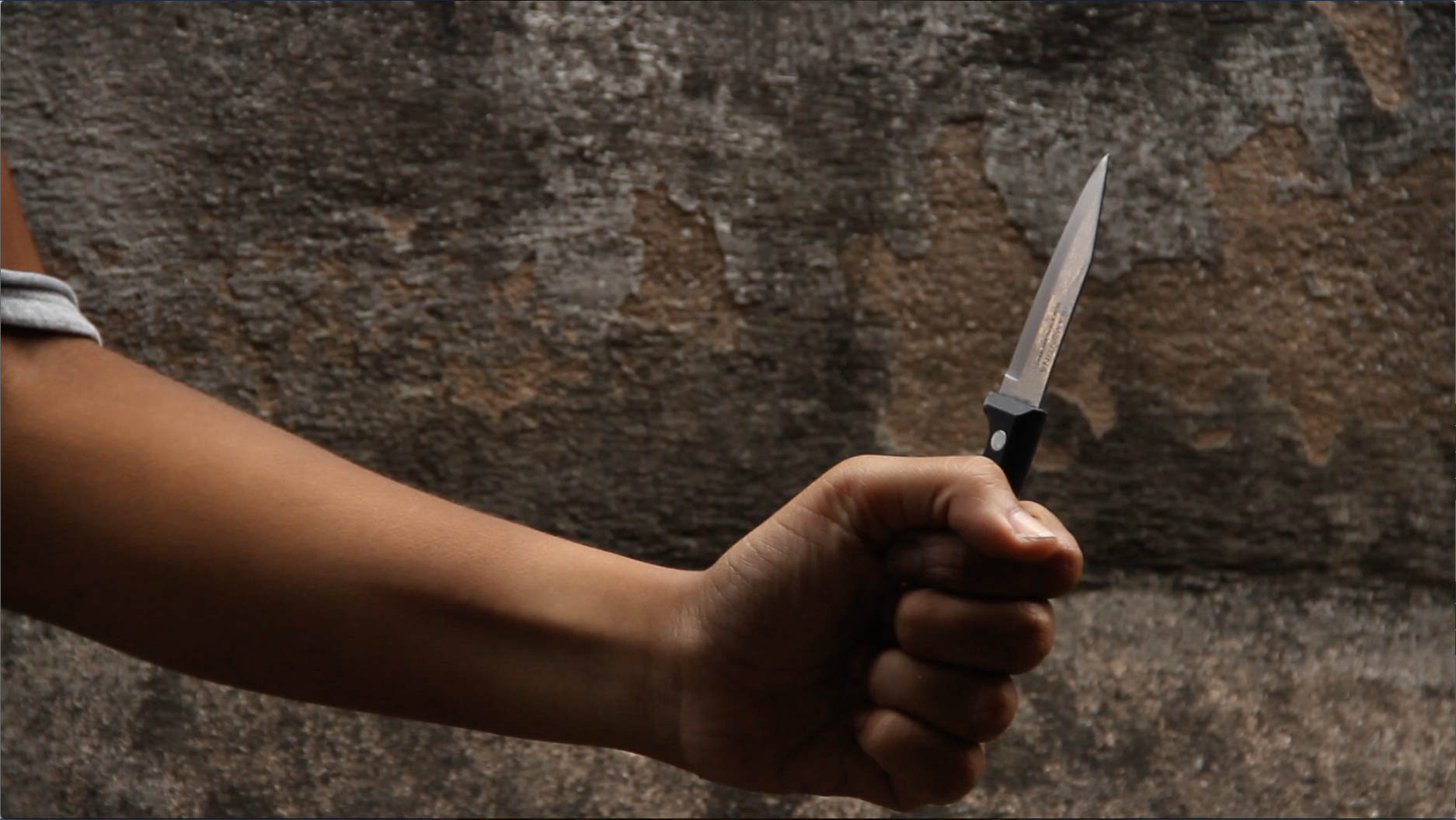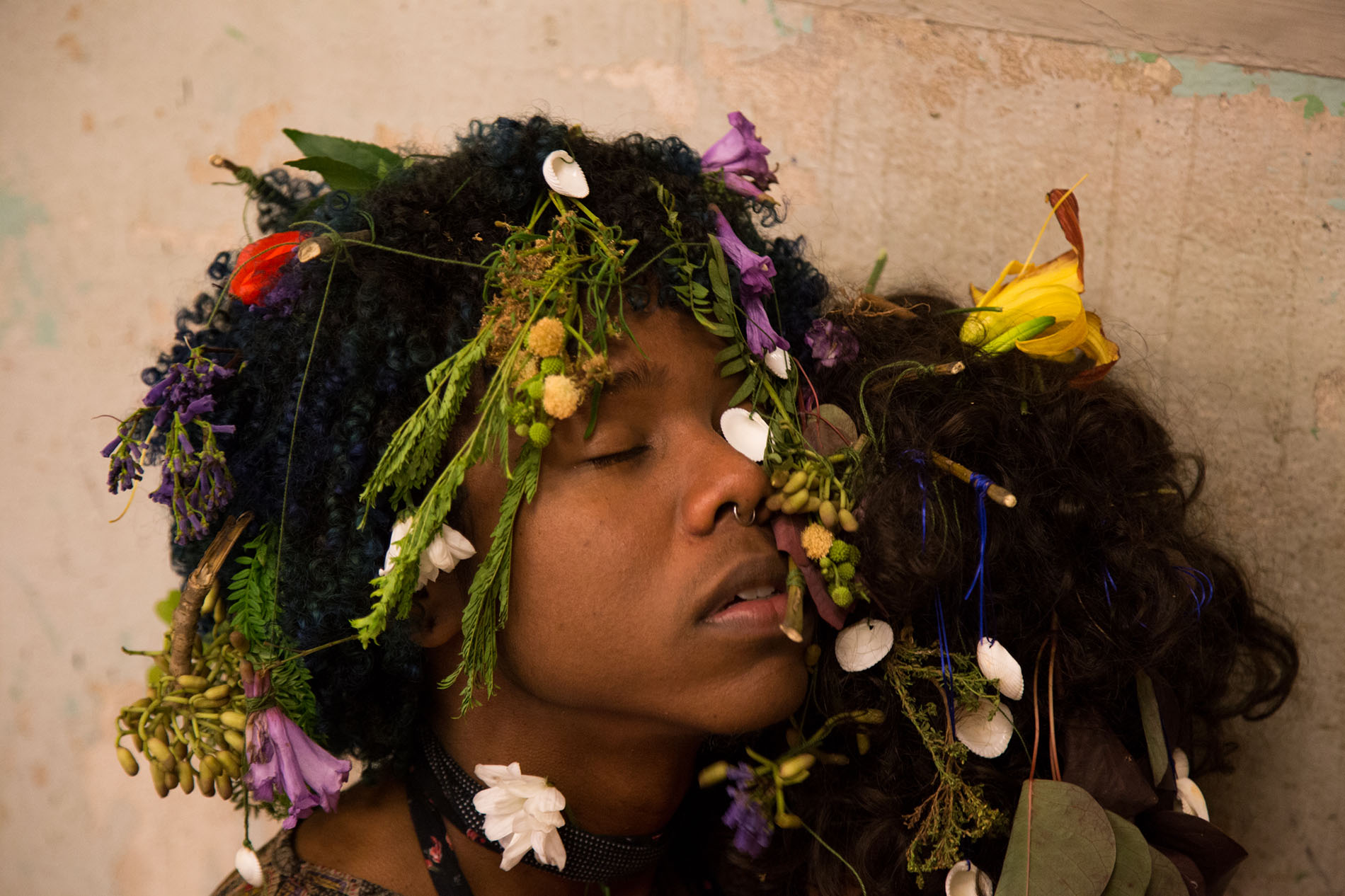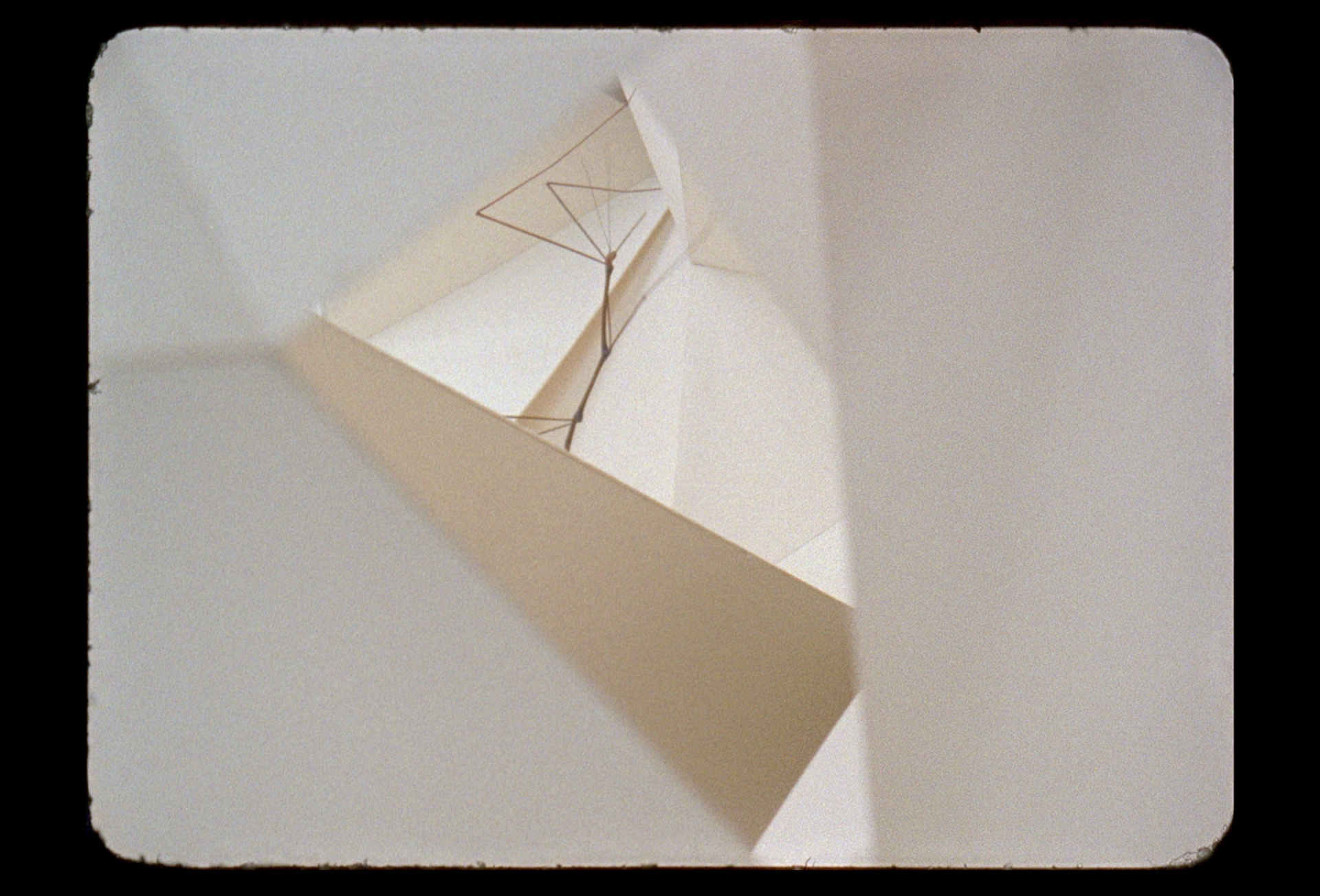

In the vocabulary of film editing, the term ‘freeze-frame’ means to isolate a frame from the timeline established by the narrative. The ‘frozen’ frame draws attention to an urgency or an inflection point in the plot. But don’t mistake a freeze-frame for a pause. The pause interrupts the fictional action and sends us back to the time of the world; in other words, when pressing the “pause button”, we as well break the credibility pact established with the narrative we were following. In contrast, the freeze-frame creates another layer within the diegetic space/time and complicates it, breaking with linearity (1). The tortuous year of 2020 felt like a freeze-frame of sorts in Pivô’s program, in which reality imposed an aggressive change in pace and of plans that led us towards the reconfiguration of some of the institution’s structural pillars, especially those related to the way we build, engage and implicate ourselves in narratives.
Last year’s exhibitions program sprouted as an attempt to collectively search for new ways of seeing, distrusting, relating, representing or naming everything that constitutes and unites us beyond any binary division, or what is conventionally called “Modern Western thinking” (2). Even though we couldn’t rely on the transformative potential of bodies in space, we kept up with this proposal in our online activities, through which we managed to strengthen and create new bonds within and outside our local community. Throughout this year, we will dedicate ourselves to follow and widen this path.
The new relational dynamics that we have experienced since the beginning of the pandemic made us perceive the program less as a progression of events and more as a cosmos composed of intertwining artistic practices and researches. These interdisciplinary and transversal views do not need to become homogeneous to coexist, and coexisting does not mean appeasing. From this new understanding and expanding on 2020’s initial goals, this year’s program revolves around the use that anthropologists Marisol de la Cadena and Mario Blaser make of the ‘pluriverse’ neologism (3). The researchers argue that advocating for a world that encompasses many worlds is a way of recognizing a diversity of standpoints and practices of living without requiring that its assumptions about reality coincide with those of Western thought and modern science. And in the case of an art institution, following the international art system’s guidelines and validation tools.
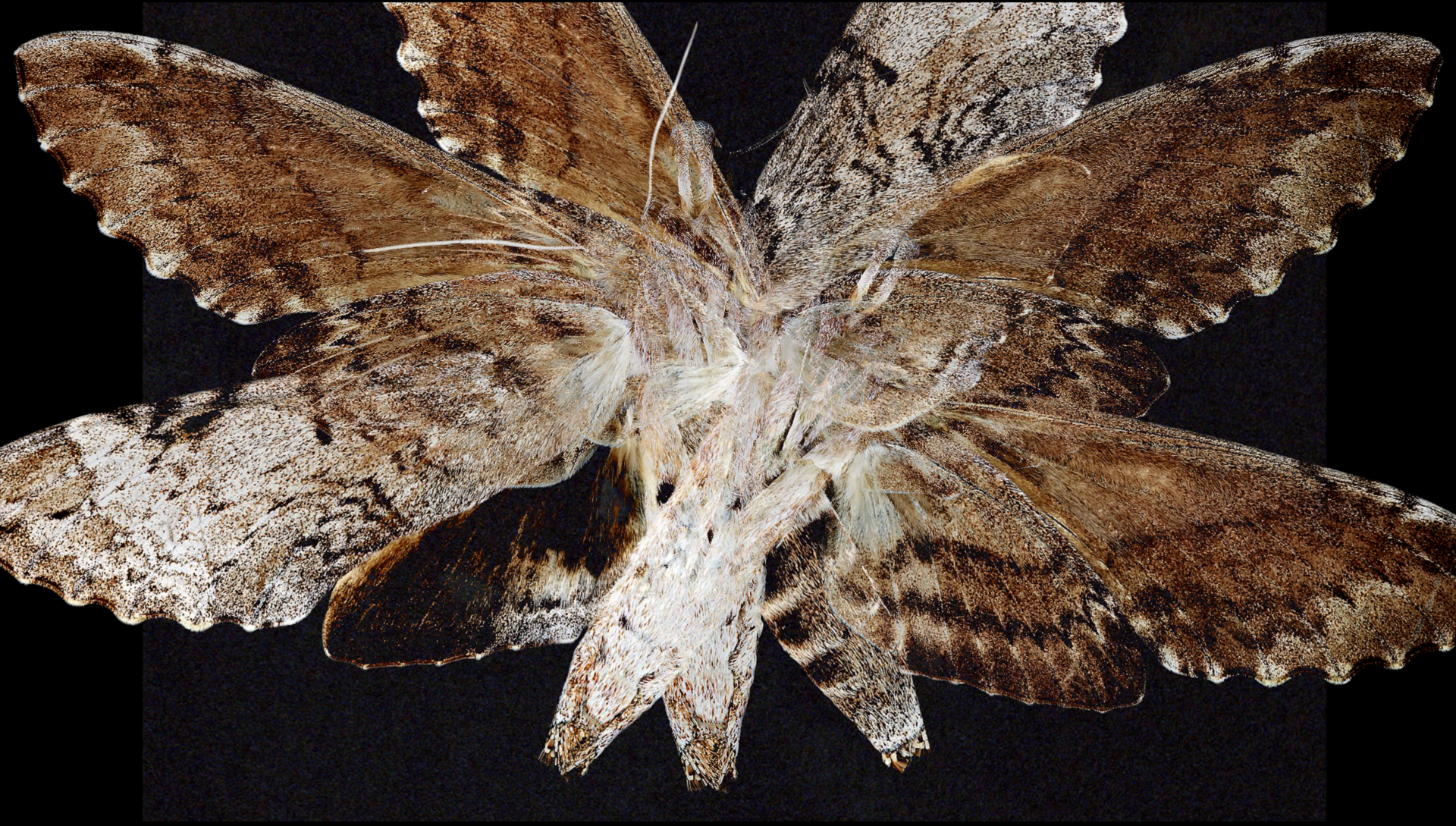
We will start the year with a group exhibition, A Natural History of Ruins (4), in which curator Catalina Lozano proposes a review of the modern distinction between culture and nature via the work of an outstanding group of artists from different contexts and generations. This project unfolds as a panoramic essay introducing ideas and methodologies, which will appear again in exhibitions, public programming, and residencies throughout the year. The guiding thread proposed by Lozano is the idea of an anthropology that reaches beyond what has been conventionally understood as human within a colonial logic. The exhibition brings together forms of representation that go beyond language to speculate on how non-human entities can complicate anthropocentric interpretations and reintroduce deliberately erased ancestral knowledge. Through this heterodox entanglement, Lozano argues that art can, in her words, lead towards a world of multiplicities where the reality shaped by colonisation can be finally unveiled as a brutal, yet efficacious construction bound towards an ill-fated image of progress.
For almost two decades, Paulo Nazareth has been shuffling and reconfiguring the mechanisms that produce social and racial markers, including the family, the Nation-State, and culture itself. In his solo exhibition, which I have the pleasure to curate along with Diane Lima, Nazareth will present the result of almost two decades of his obstinate wanderings along the margins of the West. Blurring the lines between art and life, he delves into his personal experience to point out that the world’s maintenance as we know is intrinsically linked to the naturalization of structural violence and systemic exploitation of dissident bodies. In parallel, artist Ana Vaz brings together a selection of her poem-films, among existing and commissioned works. Through an experimental and non-linear approach to the moving image, she investigates colonialism’s visible and subjective effects in different bodies, territories, and species.
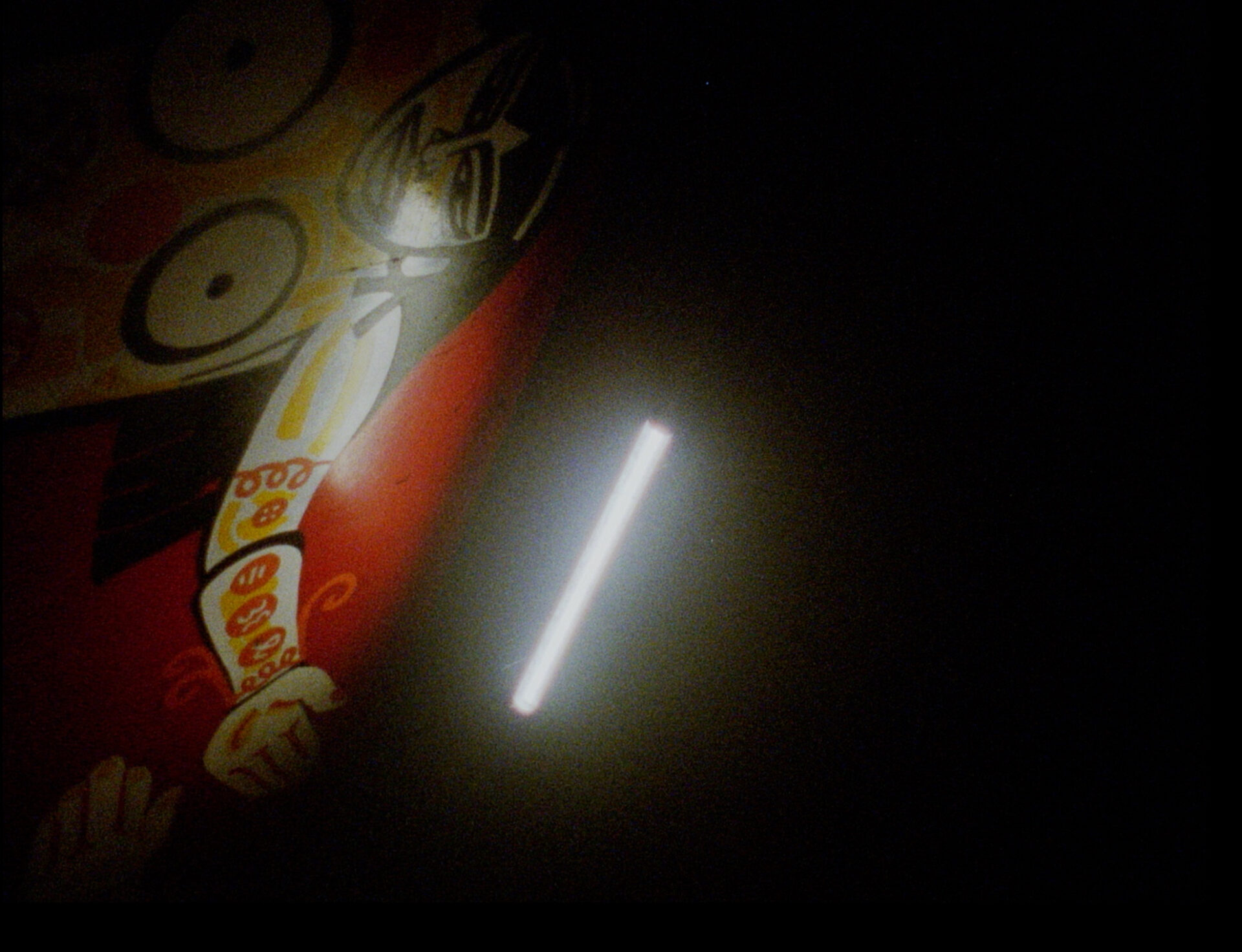
Two artists who depart from personal or collective memories to investigate their effects on social imagery end this journey: Manuel Solano and Beatriz Santiago Muñoz. Born in Mexico and based in Berlin, Solano, like Nazareth, entangles their experience as a dissident body (in their case, a non-binary who lost their sight due to complications caused by the HIV) with mined memories of pop culture and past times. Solano unveils the culture industry’s strategy to produce conflicting identities and shape sensibilities through their visually eloquent imagery. The exhibition, curated by the Portuguese João Mourão and Luis Silva, presents a group of previously unseen paintings and installations designed especially for Pivô’s space for the first time in Brazil. In turn, Santiago Muñoz occupies the institution’s main exhibition space with a comprehensive selection of her recent production. The artist performs a radical localism through films and audiovisual installations. She interweaves subjectivities and presences from her native Puerto Rico and other Central American countries in a noisy mesh of local dialects and images, both critical and affective. The exhibition, held in partnership with the 34th Bienal de São Paulo, runs parallel to the group show, offering the public an opportunity to learn more about this artist’s work.
The 2021 program inscribes itself into an ever-becoming pluriverse, and as a freeze-frame that suspends the dramatic outcome, invites us to free speculation. Now more than ever, we firmly believe that the field of visual arts is open and has enough agency to contribute to breaking the conceptual axis of a world project that involuntarily pierces us. Thus, turning it into just another possible world within a pluriverse and no longer the authoritarian structure that invalidates it. In addition to the names already mentioned, a distinct group of artists and curators, including Plataforma Explode, Catarina Duncan, Hélio Menezes, Victor Gorgulho, and Raphael Fonseca, will be joining our team in an exercise of imagining and embracing proposals claiming such profound changes that it seems impossible. But, as an art institution encrusted in one of the most dysfunctional cities on the planet, we salute the impossible. And, amid so much uncertainty, we continue to dedicate ourselves to providing conceptual, temporal, material, and affective starting points for creating new interpersonal and interspecies alliances to, hopefully, widen the perception of our common ground. Come what may, we will remain committed to enabling artistic, metaphysical, political, and extrasensory proposals that might find resonances or disparities within and outside our physical and virtual space.
Fernanda Brenner

 Português
Português